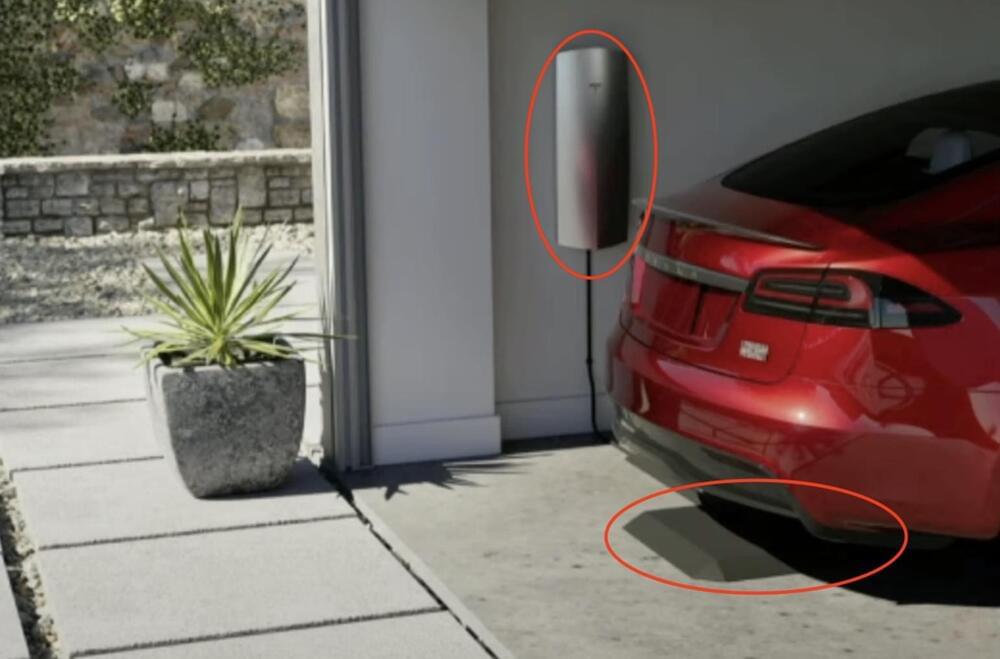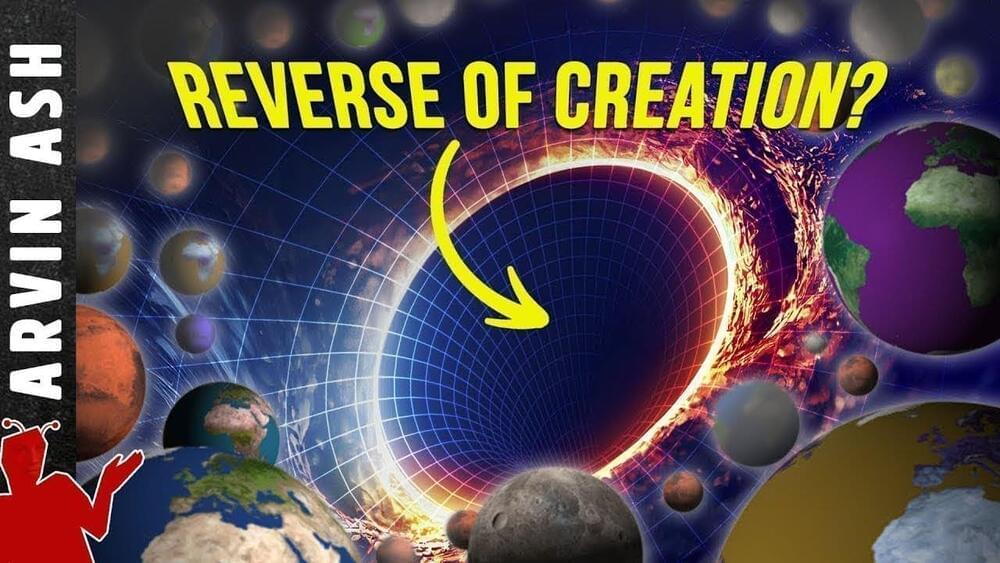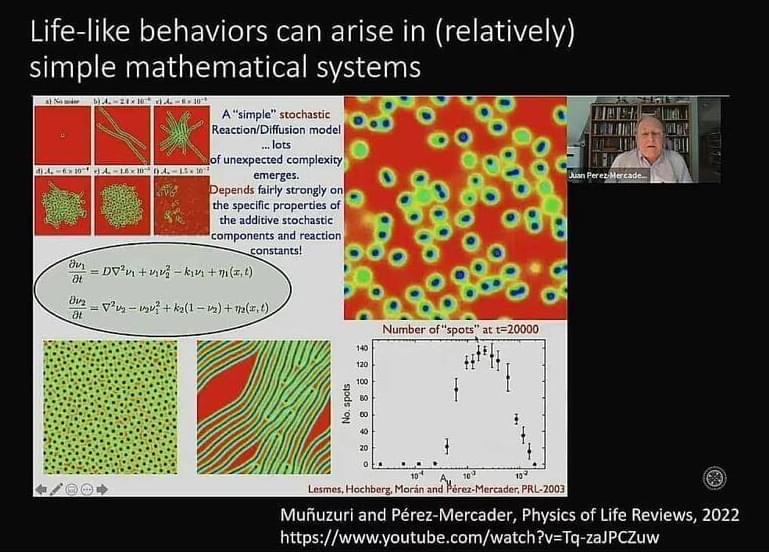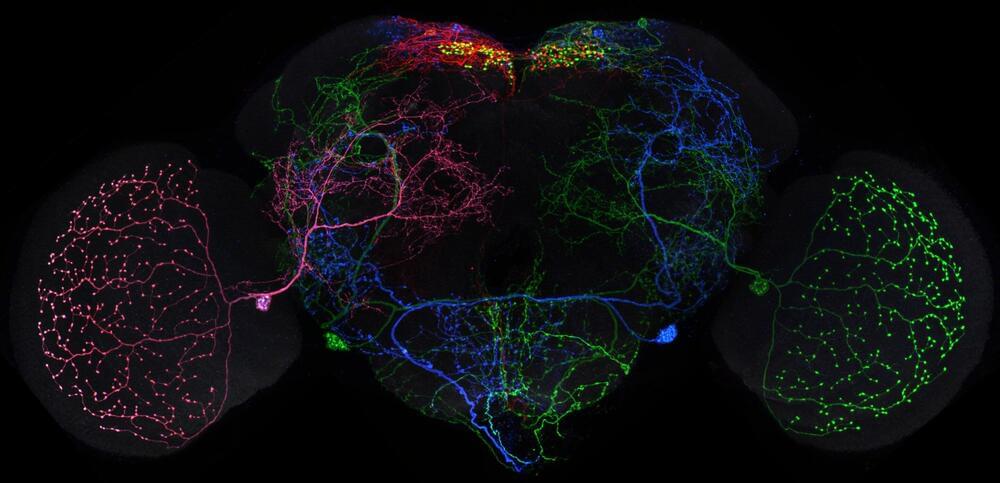Google’s video site plans to include new visual AI capabilities, with ‘thoughtful guardrails’.
The photo showed the rear end of a red Tesla Model S parked in a home garage. A rather large Tesla home charger could be seen on a wall, but it did not seem to be plugged into the all-electric flagship sedan directly at all. Instead, the Model S was parked over what looked like a wireless charging pad. This promptly fueled speculations that Tesla may be looking to roll out a wireless charging system, at least for residential customers, in the future.
A wireless charging system for Teslas would be nothing short of a game-changer. The company’s Supercharger Network already changed the game thanks to its ease of use and convenience. But even manually plugging in a Tesla to a charger is less convenient than just parking over a charging pad. Of course, there are some notable disadvantages to wireless charging, such as slower charging speeds. But if Tesla can figure out a way to roll out a wireless charging system with at least a decent charging rate, the company’s vehicles would likely become even more attractive to consumers.
Claim your SPECIAL OFFER for MagellanTV here: https://try.magellantv.com/arvinash Start your free trial TODAY so you can watch The Most Powerful Black Holes in the Universe” about the extremes of time and space, and the rest of MagellanTV’s science collection: https://www.magellantv.com/watch/the-most-powerful-black-hol…niverse-4k.
REFERENCES
The Tempest by Peter Cawdron: https://tinyurl.com/2ep4uzvs.
Inside Black Holes: https://youtu.be/iUr8Obv_DeA
How Black Holes form: https://youtu.be/7xCgnMqIgPI
How Stable orbits form around Black Holes: https://tinyurl.com/2klz9mfd.
CHAPTERS
0:00 Karl Schwarzschild theorizes black holes.
1:58 Inspiration for this video.
3:16 How black holes form.
5:28 What is the Event Horizon?
7:25 How Time flows near & inside a black hole.
9:57 How can Black Holes be so bright if no light escapes?
11:34 How do we detect black holes if we can’t see them?
12:29 Can life form on a planet orbiting a black hole?
14:59 How long do black holes last?
SUMMARY
Karl Schwarzschild crafted the first exact solution to Einstein’s equations of general relativity. He found that as gravity increased around an object, there must be a point where even light could not escape. He theorized black holes.
Stars are in a balance between gravity trying to collapse it inward, and energy of fusion in its core which pushes outward. But when large stars run out of fuel, gravity causes it to collapse. If the star is massive enough, this results in a supernova. A black hole remains in the center of the debris, if the collapsed core has a mass of 2 to 3 times the mass of our sun.
In a Black Hole, General relativity says all its mass is collapsed into an infinitesimally small volume, called a singularity. A singularity has all its mass in zero volume of space, thus it has infinite density. But infinities usually mean errors in math, so singularities may not be real.
This is a recording of the SingularityNET Ecosystem leaders meeting, which was recorded on Monday, October 31st, 2022, including updates on projects progress, exciting news, and discussions around key initiatives.
SingularityNET is a decentralized marketplace for artificial intelligence. We aim to create the world’s global brain with a full-stack AI solution powered by a decentralized protocol.
We gathered the leading minds in machine learning and blockchain to democratize access to AI technology. Now anyone can take advantage of a global network of AI algorithms, services, and agents.
Website: https://singularitynet.io.
Discord: https://discord.gg/snet.
Forum: https://community.singularitynet.io.
Telegram: https://t.me/singularitynet.
Twitter: https://twitter.com/singularity_net.
Facebook: https://facebook.com/singularitynet.io.
Instagram: https://instagram.com/singularitynet.io.
Github: https://github.com/singnet.
Linkedin: https://www.linkedin.com/company/singularitynet
If it’s true that robots are taking our jobs, they should also be able to take out the trash and clean the bathroom for us.
How can we start with a mix of rocks, gases, and water and end up with life?Speaker: Dr. Zachary Adam, Kacar Research Group, Univ. of Wisconsin-Madison.
There is this picture—you may have seen it. It is black and white and has two silhouettes facing one another. Or maybe you see the black vase with a white background. But now, you likely see both.
It is an example of a visual illusion that reminds us to consider what we did not see at first glance, what we may not be able to see, or what our experience has taught us to know—there is always more to the picture or maybe even a different image to consider altogether. Researchers are finding the process in our brain that allows us to see these visual distinctions may not be happening the same way in the brains of children with autism spectrum disorder. They may be seeing these illusions differently.
“How our brain puts together pieces of an object or visual scene is important in helping us interact with our environments,” said Emily Knight, MD, Ph.D., assistant professor of Neuroscience and Pediatrics at the University of Rochester Medical Center, and first author on a study out today in the Journal of Neuroscience. “When we view an object or picture, our brains use processes that consider our experience and contextual information to help anticipate sensory inputs, address ambiguity, and fill in the missing information.”
Neuroscience research just got a little bit easier, thanks to the release of tens of thousands of images of fruit fly brain neurons generated by Janelia’s FlyLight Project Team.
Over eight years, the FlyLight Project Team and collaborators dissected, labeled, and imaged the neurons of more than 74,000 fruit fly brains, taken from more than 5,000 different genetically modified fly strains.
Now, these images are being made freely available, enabling scientists to quickly and easily find the neurons they need to test theories about how the nervous system works.
This sounds a lot like cryptomining but it also doesn’t. Cryptomining has nothing to do with machine learning algorithms and, unlike machine learning, cryptomining’s only value is producing a highly speculative digital commodity called a token that some people think is worth something and so are willing to spend real money on it.
This gave rise to a cryptobubble that drove a shortage of GPUs over the past two years when cryptominers bought up all the Nvidia Ampere graphics cards from 2020 through 2022, leaving gamers out in the cold. That bubble has now popped, and GPU stock has now stabilized.
But with the rise of ChatGPT, are we about to see a repeat of the past two years? It’s unlikely, but it’s also not out of the question either.
Everyone is now scrambling to integrate AI with as many facets of human life as possible. Neural nets and machine learning can offer greatly improved processing speeds, yet these aspects still rely on digital pathways that may never fully mimic the biological structure of the human brain. The next step in AI improvement would be to combine the best of both the digital world and the biological world. Some scientists are already experimenting with this possibility, as a new article published in the academic journal Frontiers of Science is deep diving into the realm of biocomputers and organoid intelligence (OI).
All AI applications today rely on computing power provided by powerful CPUs or GPUs. OI, on the other hand, is seeking to bring “unprecedented advances in computing speed, processing power, data efficiency and storage capabilities” by harnessing the complexity of lab-grown cell-cultures repurposed from adult skin cells that consist of 3D clusters of neurons and other brain cells.









